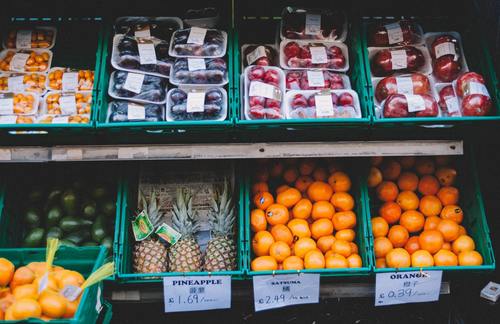Organising Your Products Into Categories

Product categories are essentially groups of products which have been put together based upon being related or having similar characteristics. Both physical and online stores organise their products into categories to make it easier for their customers to find what they are looking for. If you think about a recent trip to the supermarket, you would have seen similar products together, such as all the produce, all the dairy and all the meat. Within these categories, additional classification would have occured, such as putting the vegetables together and the fruit together, followed by specific produce groups such as apples or grapes. Because of these categories, it was easier to find the specific products you wanted to buy and move around the store.
The same goes for a website. A website with well organised product categories is easier to navigate, easier to find products and results in more sales. Grouping related products together in a category also makes it easier for search engines to find and index both individual categories and products.
Therefore, there are several advantages to having well organised eCommerce product categories, including:
- intuitive shopping experience on an easy to navigate website
- improved customer experiences, which lead to happier customers who are more likely to shop again
- increased sales as customers can find exactly what they want
- better SEO
- easy to navigate website
- better customer experience
- increased sales
Next let's take a look at an example of how an online store has done this.
Creating Categories for Your Products
The first step in creating categories is to organise your products into related groups. How specific or broad you make those groups will depend upon your product range and the volume of products you sell. In general an online store that has broad main categories, will then break those down into sub categories even further to make finding a specific product easier.
Here's the decision making process the fictional store Mary's Clothing went through to create categories:
Mary's Clothing is an online retailer who purchases clothing at wholesale rates and then resells it to their customers. They decided to break their products down into three types of clothing categories: tops, bottoms and accessories. They then added sub categories to each of the main ones: tops listed shirts, t-shirts and sweaters, bottoms listed shorts, jeans and trousers and accessories listed jewellery, bags and scarves as sub categories.
To add categories in the CMS, click the blue eCommerce button, then choose the option Add a Category. On this page is where you would enter the name of the category and make other specific choices. Here is a video demonstrating how Mary set up her main and sub categories.
Adding Products to One or More Categories
Now that Mary has set up her main and sub categories, she needs to allocate the products into one of them. Of course, she could add a product into two or more different main and sub categories if required too. To add a product to a category, there are two ways you can do this. The first method is under the eCommerce option, click the Edit Products button. Click the Edit Product button for the individual product, then select the category you want to add it to. The second method involves simply clicking the checkmark square and selecting the category or sub category from the selection on the right of the screen. This video demonstrates how to do both of these methods:
A great place to go for advice from other eCommerce owners on organising categories is our Facebook Group. Otherwise looking at how your competitors organise their products can be very useful too. For further advice on improving your store, please visit our eCommerce Website Blog.
Posted: Friday 5 November 2021

